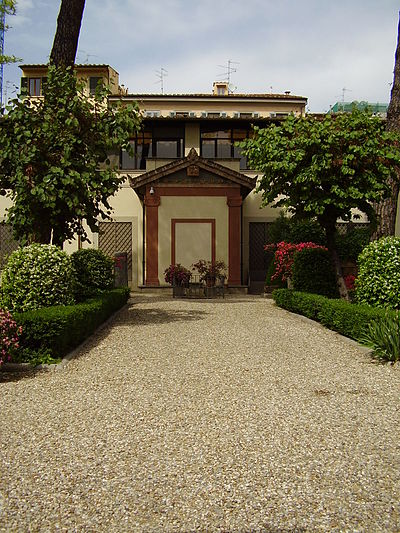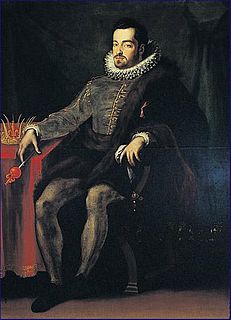
Arezzo is a city and comune in Italy and the capital of the province of the same name located in Tuscany. Arezzo is about 80 kilometres southeast of Florence at an elevation of 296 metres (971 ft) above sea level. It is also 30 km west of Città di Castello. In 2013 the population was about 99,000.

The Museum of Egyptian Antiquities, known commonly as the Egyptian Museum or Museum of Cairo, in Cairo, Egypt, is home to an extensive collection of ancient Egyptian antiquities. It has 120,000 items, with a representative amount on display, the remainder in storerooms. Built in 1901 by the Italian construction company Garozzo-Zaffarani, the edifice is one of the largest museums in the region. As of March 2019, the museum is open to the public.

The Museo Egizio is an archaeological museum in Turin, Piedmont, Italy, specialising in Egyptian archaeology and anthropology. It houses one of the largest collections of Egyptian antiquities, with more than 30,000 artefacts. In 2015 it received about 772,900 visitors.

The National Archaeological Museum of Naples is an important Italian archaeological museum, particularly for ancient Roman remains. Its collection includes works from Greek, Roman and Renaissance times, and especially Roman artifacts from nearby Pompeii, Stabiae and Herculaneum. It was formerly the Real Museo Borbonico.

Ancient Greek sculpture is the sculpture of ancient Greece. Modern scholarship identifies three major stages in monumental sculpture. At all periods there were great numbers of Greek terracotta figurines and small sculptures in metal and other materials.

The Capitoline Museums is a single museum containing a group of art and archaeological museums in Piazza del Campidoglio, on top of the Capitoline Hill in Rome, Italy. The historic seats of the museums are Palazzo dei Conservatori and Palazzo Nuovo, facing on the central trapezoidal piazza in a plan conceived by Michelangelo in 1536 and executed over a period of more than 400 years. The history of the museums can be traced to 1471, when Pope Sixtus IV donated a collection of important ancient bronzes to the people of Rome and located them on the Capitoline Hill. Since then, the museums' collection has grown to include a large number of ancient Roman statues, inscriptions, and other artifacts; a collection of medieval and Renaissance art; and collections of jewels, coins, and other items. The museums are owned and operated by the municipality of Rome.
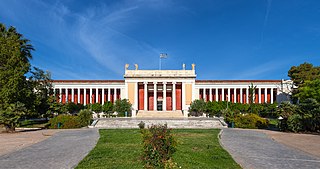
The National Archaeological Museum in Athens houses some of the most important artifacts from a variety of archaeological locations around Greece from prehistory to late antiquity. It is considered one of the greatest museums in the world and contains the richest collection of artifacts from Greek antiquity worldwide. It is situated in the Exarcheia area in central Athens between Epirus Street, Bouboulinas Street and Tositsas Street while its entrance is on the Patission Street adjacent to the historical building of the Athens Polytechnic university.
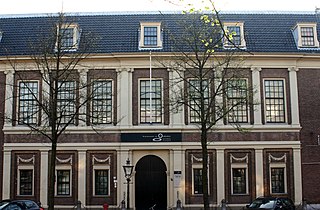
The Rijksmuseum van Oudheden is the national archaeological museum of the Netherlands. It is located in Leiden. The Museum grew out of the collection of Leiden University and still closely co-operates with its Faculty of Archaeology. The museum calls itself the national center for archaeology, and focuses on ancient Egypt, the ancient Near East, the classical world of Greece, Etruria and Rome and the early Netherlands.

The study of Roman sculpture is complicated by its relation to Greek sculpture. Many examples of even the most famous Greek sculptures, such as the Apollo Belvedere and Barberini Faun, are known only from Roman Imperial or Hellenistic "copies". At one time, this imitation was taken by art historians as indicating a narrowness of the Roman artistic imagination, but, in the late 20th century, Roman art began to be reevaluated on its own terms: some impressions of the nature of Greek sculpture may in fact be based on Roman artistry.
Gian Francesco Gamurrini, an Italian archeologist and historian, bibliophile and connoisseur from an aristocratic Aretine family, found his interest in history initially piqued when he was selected by lot, at the age of 25, Rector of the Fraternità dei Laici, an ancient confraternity of Arezzo, whose history he published at the end of his term of office. Though he had studied in Perugia, the library of the Fraternità was his true school, sparking his interests in numismatics and Etruscan studies, with which he was to make his name. Emil Hübner, who was in the Arezzo library collecting inscriptions for Corpus Inscriptionum Latinarum introduced him to Wilhelm Henzen, and together they encouraged him to publish his first work, Le iscrizioni degli antichi vasi fittili aretini (1859). He began to collect Etruscan and Roman inscriptions in the area of Arezzo, a project which he never brought to publishable form, and explored Etruscan and Roman sites in Central Italy, project that was to bear fruit years later in his archaeological map of Central Italy.
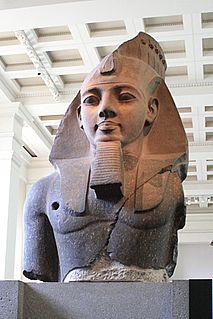
The Department of Ancient Egypt and Sudan is a department forming an historic part of the British Museum, housing the world's largest and most comprehensive collection of Egyptian antiquities outside the Egyptian Museum in Cairo.

The Archaeological Museum in Zagreb, Croatia is an archaeological museum with over 450,000 varied artifacts and monuments, gathered from various sources but mostly from Croatia and in particular from the surroundings of Zagreb.
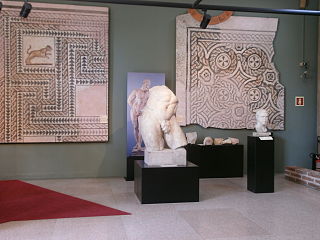
The Archaeological Museum of Milan is located in the ex-convent of the Monastero Maggiore, alongside the ancient church of San Maurizio al Monastero Maggiore, with entrance on Corso Magenta.

The Regional Archeological Museum Antonio Salinas is a museum in Palermo, Italy. It possesses one of the richest collections of Punic and Ancient Greek art in Italy, as well as many items related to the history of Sicily. Formerly the property of the Oratory of Saint Philip Neri, the museum is dedicated to Antonio Salinas, a famous archaeologist and numismatist from Palermo. It is part of the Olivella monumental complex, which includes the Church of St. Ignatius and the adjoining Oratory.

The Archaeological Civic Museum of Bologna is located in the fifteenth-century Palazzo Galvani building at Via dell'Archiginnasio 2 postal code 40124 Bologna, once known as the Hospital of Death. Founded in September 1881 by the merging of two separate museums: the one belonging to the University of Bologna – heir of the Room of Antiquity belonging to the Academy of Sciences founded by Luigi Ferdinando Marsili in (1714) – and that belonging to the City of Bologna (enriched by the antique collection of Artist Pelagio Palagi and the large amount of finds from excavations conducted in and around Bologna during these times.

The Tarquinia National Museum is an archaeological museum dedicated to the Etruscan civilization in Tarquinia, Italy. Its collection consists primarily of the artifacts which were excavated from the Necropolis of Monterozzi to the east of the city. It is housed in the Palazzo Vitelleschi.

The Department of Egyptian Antiquities of the Louvre of Paris, comprising over 50,000 pieces, includes artifacts from the Nile civilizations which date from 4,000 BC to the 4th century. The collection, among the world's largest, overviews Egyptian life spanning Ancient Egypt, the Middle Kingdom, the New Kingdom, Coptic art, and the Roman, Ptolemaic, and Byzantine periods.

Konya Archaeological Museum is a state archaeological museum in Konya, Turkey. Established in 1901, it had been relocated twice before moving to its present location in 1962. One of the most prominent displays in the museum is of sarcophagi and other antiquities from the ancient city of Çatalhöyük. Other exhibits relate to the Neolithic, Bronze Age, Iron Age, Classical, Hellenistic, Roman and the Byzantine periods; artifacts consist of ceramic ware, stone and bronze wares, ornaments and inscriptions. A prominent display is of a marble sarcophagus of the 3rd century BC with elaborate sculpting events depicting the life of Hercules. In the outer open yard of the museum, there are a number of small sculptures, sarcophagi, column heads, and epigraphy.

